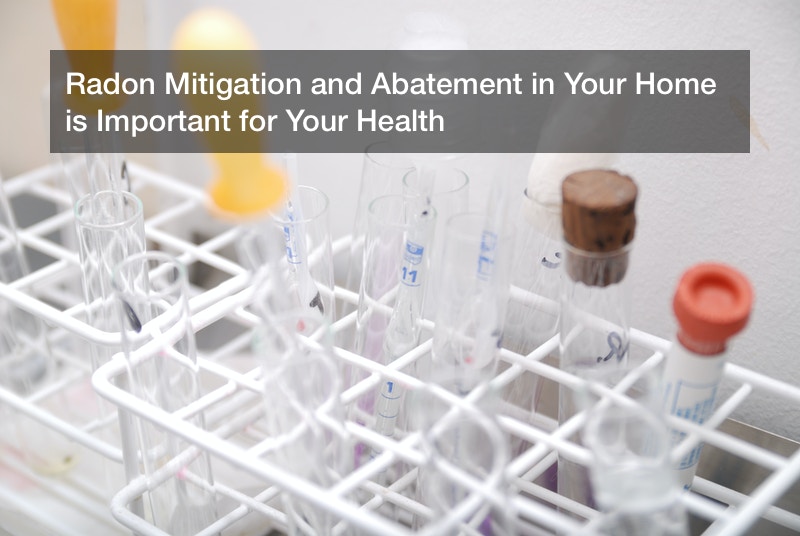
Radon is one of the leading cancer-causing and radioactive gas that is almost unnoticeable due to its odorless and colorless properties. In fact, it’s estimated that more than 20,000 lung cancer deaths in the U.S. each year are attributed to radon, according to the U.S. Environmental Protection Agency (US EPA) and the Surgeon General’s Office.
Because the gas is virtually unnoticeable, it poses a great danger in your home which is why you need to consider radon testing and inspection services — especially if your buying or looking to sell your home. Long exposure to radon, continuously breathing air polluted with radon, makes you vulnerable to lung cancer. Smoking in a radon contaminated area also increases your risk of getting cancer.
Why Radon Gas Testing is Important?
The only way to determine your home’s radon levels is through testing and this is highly recommended for houses that are below the third floor. Hire a reliable radon testing contractor to assess your home and advice you on the best ways to fix the problem. High levels of radon can reduce to acceptable levels that do not pose any health risk to anyone.
If you’re looking to sell your home, the USA EPA and the Surgeon recommend radon testing before putting the property on sale. Reduce the radon levels if necessary to attract more health-conscious buyers. You must keep all the results and the methods used to address the problems.
How Does Radon Get into Your Home?
Radon gas is a radioactive gas that has been part and parcel of American homes over the decades. Essentially, it results from soil, rock, and water which undergo natural breakdown to release uranium which gets into the air your breathe — either through foundation holes and cracks. Another point of entry for radon is through domestic well water which is most likely contaminated with uranium from soil and water.
Hiring a Radon Testing Contractor or Do-It-Yourself?
While there are testing protocols you can follow and complete the test yourself, it’s recommended to you hire a contractor who is qualified for the job. But how do you determine the qualifications of a contractor? You can do this by checking with your state radon office. Like most professionals, a radon testing contractor also needs to be licensed by many states across the U.S. All you have to do is approach the relevant authority and inquire for a loss of qualified and reliable radon service providers operating within your state.
Some states, however, don’t require contractors to have any form of licensing so you may need to ask the contractor for any certification credential that demonstrates professional proficiency. A good contractor should at least complete formal training on radon mitigation and abatement.
Types of Radon Testing Devices
Radon testing is important for any home and this is usually done using both passive and active devices. Radon gas is odorless and colorless so it needs special equipment to identify it. You can easily order a testing kit from a reputable equipment provider. Or, hire a radon testing contractor with the right equipment ideal for your situation. Here are some examples of radon testing devices.
-
- Passive radon testing devices are manually powered devices that include different components such as charcoal canisters, electret ion chambers, liquid scintillation, alpha track detectors, activated charcoal and continuous monitors. So the device is left in your house for a timed period and then the data is collected for analysis.
-
- Active radon testing devices, on the other hand, are electric-powered and include main components like continuous radon monitors and continuous working level monitors — that measure and record the level of radon in the air. This device generates a report on the status of radon which is analyzed and explained by the tester. Most technically advanced devices have also been designed to deter test errors and detect any interference in the process.
Short-term detectors measure radon levels for 2 days to 90 days, depending on the device. Long-term tests determine the average concentration for more than 90 days. Active devices are considered the best option particularly among qualified radon resting contractors because they are more resistant to test interference.







Leave a Reply
You must be logged in to post a comment.